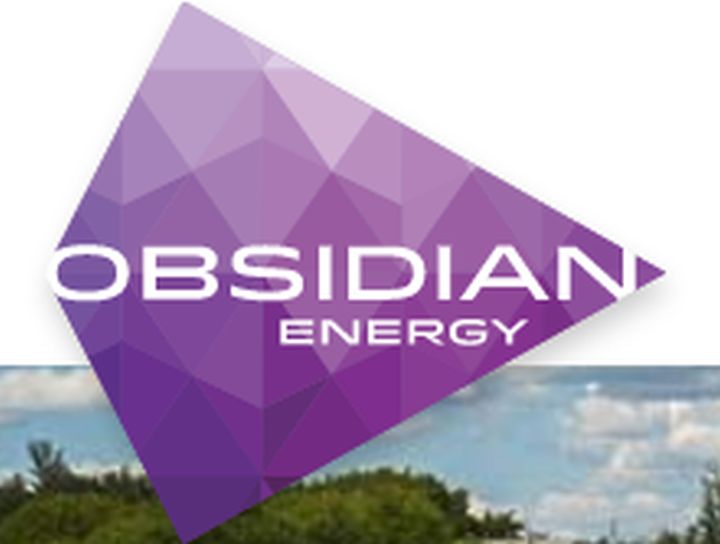The Alberta Energy Regulator (AER) says cleanup efforts are underway after 400,000 litres of produced water leaked from an Obsidian Energy well near Drayton Valley this week.

On its website, the AER says the incident was the result of a mechanical failure.
When contacted by Global News, spokespeople from the AER and from Obsidian Energy declined a request for an interview. The AER was unable to confirm if the well was for oil or gas or if it involved fracking. A statement on the spill, sent to Global News by Obsidian Energy, also did not provide that information.
On its website, Obsidian Energy says it “is an intermediate-sized oil and gas producer with a well-balanced portfolio of high-quality assets producing roughly 30,000 boe (barrel of oil equivalent) per day.”

Get breaking National news
READ MORE: Penn West proposes name change to Obsidian Energy
“This would be what would be considered a very large spill,” said Greg Goss, a biology professor at the University of Alberta, who added that “any type of produced water leak is probably something to worry about.”
In its statement, Obisidian Energy said it “discovered a sweet produced water spill at an operating site outside of Drayton Valley” on Wednesday afternoon.
“Obsidian Energy takes responsibility for this event and is committed to minimizing our impact to the environment in all areas in which we operate,” the company said. “The spill was isolated at the source of the release.
“It was immediately contained and cleanup is underway. There has been no impact to residents or wildlife in the area. Obsidian Energy is working closely with the Alberta Energy Regulator, including providing daily updates. Investigation is underway to determine the exact cause of the spill.”
READ MORE: Pipeline spills produced water northwest of Edmonton
Goss said while the company or AER would have to confirm it, given the location and size of the leak, he believes it could likely be liquid related to hydraulic fracturing or fracking.
“In hydraulic fracturing, they inject water and chemicals down deep into the ground, one to two kilometres — even deeper, to the formation that holds natural gas, and then oil, in tight shale formations,” Goss said. “They fracture that rock and it’s under high pressure and so then they release that and then that water comes back with some gas and oil.
READ MORE: Alberta Energy Regulator restricts fracking near Brazeau dam following earthquake
“They separate it, so you have an oil- and gas-contaminated water, plus salt and metals and other contaminants, and so they separate that into the produced water and then the product that they want, which would be gas or oil, depending on the type of well.”
Goss said normally the produced water is diverted into disposal wells but there are spills from time to time. He said the concentration of the salt and contaminants in the water makes a difference in terms of its level of toxicity.
“Then there are potential impacts from other contaminants like oil and gas that could work on the fish or invertebrates, and these are very, very sensitive animals.”




Comments